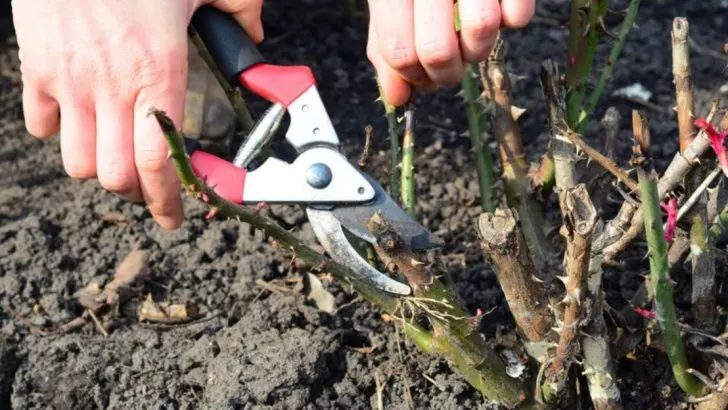Stop everything—your garden schedule is probably all wrong. You think you’re doing the right thing, but sneaky timing mistakes are silently sabotaging your green dreams. Pruning in the heat? Planting too late? Feeding at the wrong moment? These missteps are more common than you think, and they can wreck months of hard work. But don’t panic! The secret isn’t doing more, it’s doing right. Timing is the secret weapon your garden’s been begging for—like the perfect plot twist in a thriller. Get ready to shake up your routine, ditch the guesswork, and watch your plants thrive like never before. Let’s turn your garden chaos into a masterpiece of perfect timing.
Pruning Roses in Fall
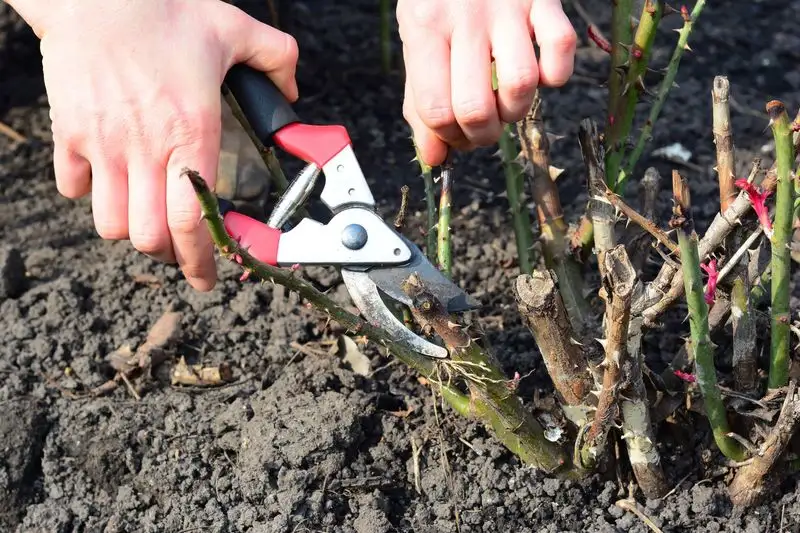
Pruning roses might seem like a fall task, but it’s best done in early spring. Fall pruning can stimulate new growth that’s susceptible to winter damage. Instead, wait until the danger of frost has passed in spring. Trim the rose bushes to shape them and remove deadwood. This encourages healthier blooms. To remember the timing, think of the rose’s new growth as a herald of spring vitality. Did you know roses have been cultivated for over 5,000 years? Their timeless beauty continues to captivate gardeners worldwide.
Mowing the Lawn Too Short Before Winter
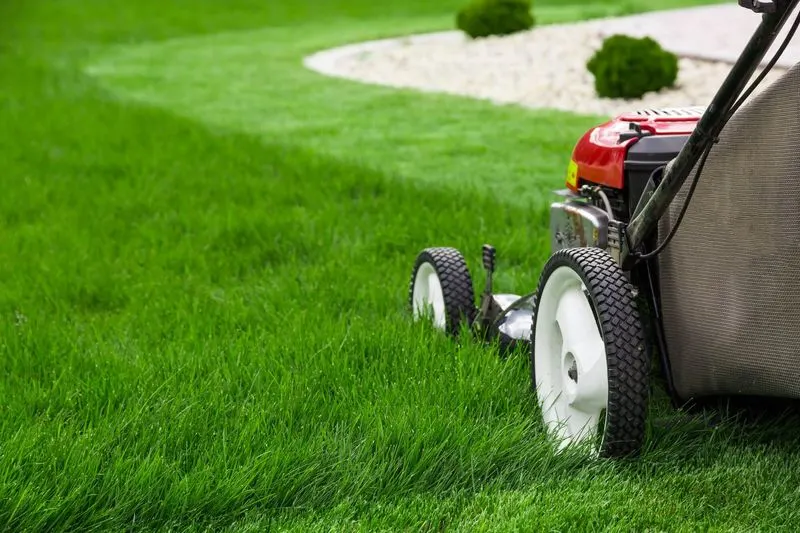
It’s tempting to mow the lawn short before winter, but this can stress the grass. Taller grass helps insulate the roots and protect against frost. Aim for a height of around 2.5 to 3 inches. Come spring, your lawn will thank you with lush growth. Consider each blade of grass as a thermal blanket for the soil. Interestingly, lawns have been a symbol of status since the Middle Ages, but today, they’re more about family fun and neighborhood pride.
Fertilizing Plants in Late Fall
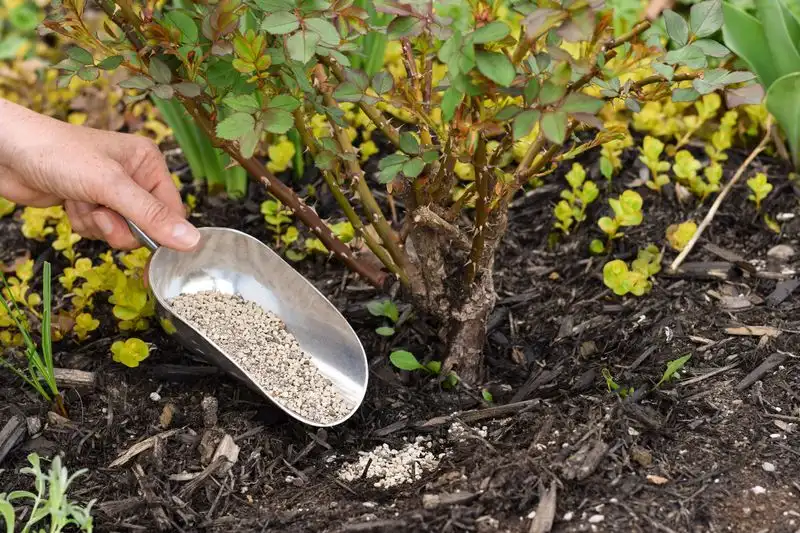
Fertilizing in late fall isn’t beneficial since plants are entering dormancy. Wait until early spring to apply fertilizer, allowing plants to absorb nutrients as they awaken. This timing supports new growth and flowering. Imagine feeding your plants a hearty breakfast after their winter slumber. This practice helps maximize their growth potential. Interestingly, the concept of fertilizing dates back to ancient times when farmers used animal manure to enrich their fields.
Planting Bulbs in Spring
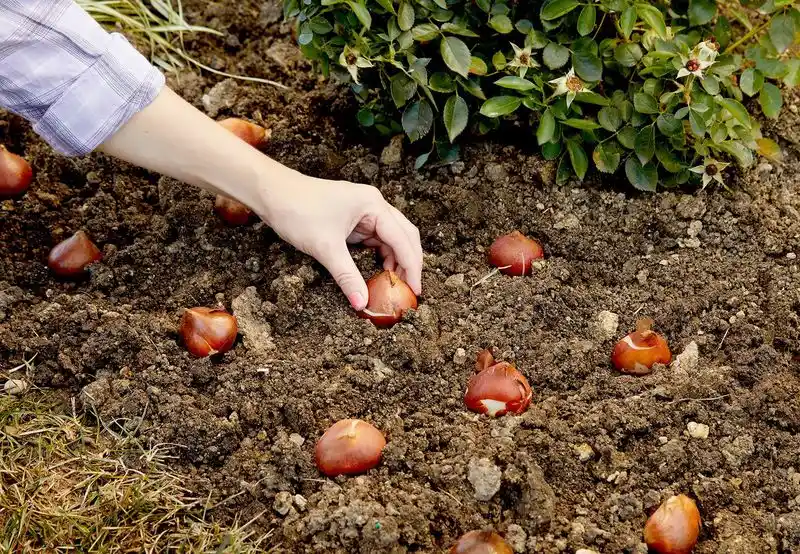
Planting bulbs in spring seems logical, but fall is the ideal time. Bulbs need cold weather to root and prepare for spring growth. Plant them before the ground freezes for vibrant blooms when spring arrives. Picture bulbs as nature’s underground gems, waiting for the perfect moment to shine. Did you know tulips, a popular spring bulb, were once more valuable than gold in the 17th-century Dutch tulip mania? Their vibrant colors continue to fascinate gardeners today.
Watering Plants in the Evening
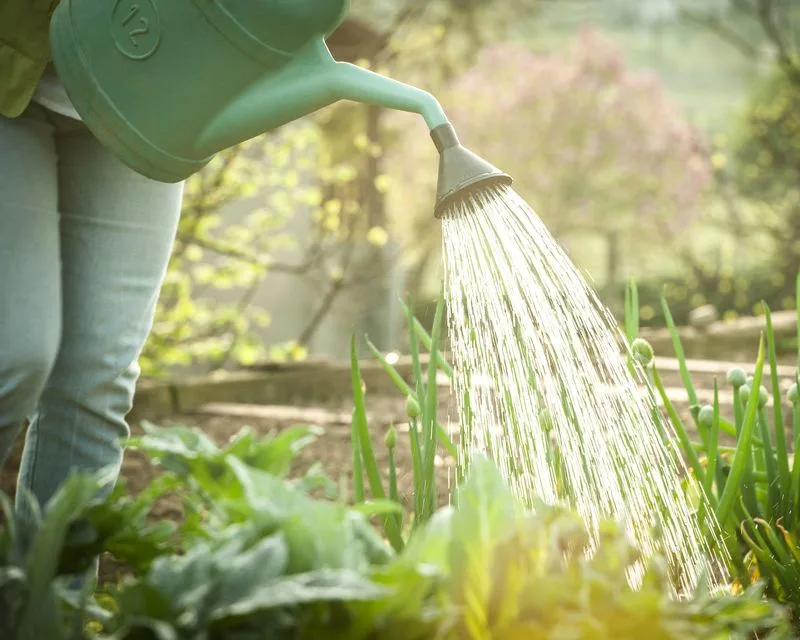
While it seems calming to water in the evening, it’s better to water in the morning. Evening watering can lead to moisture retention, fostering diseases like mildew. Morning watering allows plants to absorb moisture during the day. Picture morning dew quenching the thirst of your plants naturally. This routine mimics the plant’s natural hydration process. Fun fact: Watering has been a crucial part of gardening since ancient civilizations developed irrigation systems.
Starting Seeds Indoors Too Late
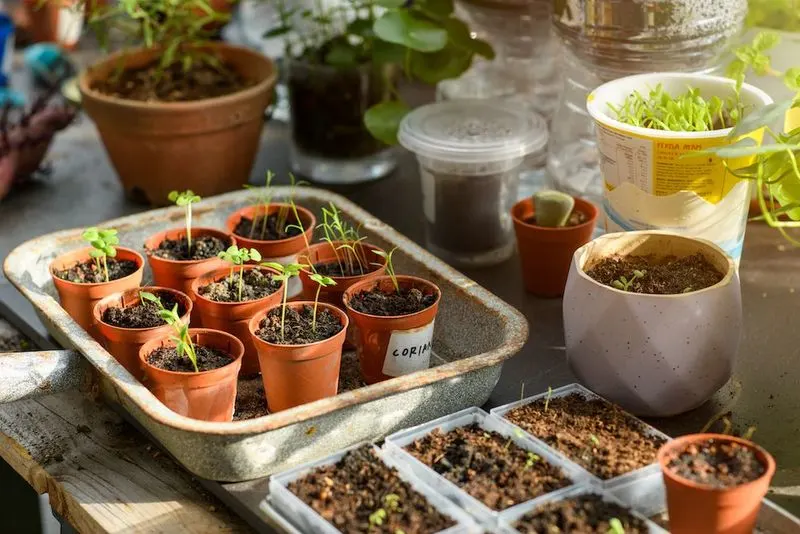
Starting seeds indoors seems straightforward, but timing is key. Starting too late can delay transplanting and reduce yield. Begin seeds 6-8 weeks before the last frost date for optimal growth. Think of it as giving your plants a head start in life’s race. With proper timing, your garden will thrive early in the season. Did you know seed starting indoors became popular during the victory garden movement in WWII? This technique still empowers gardeners worldwide.
Overwatering in Winter
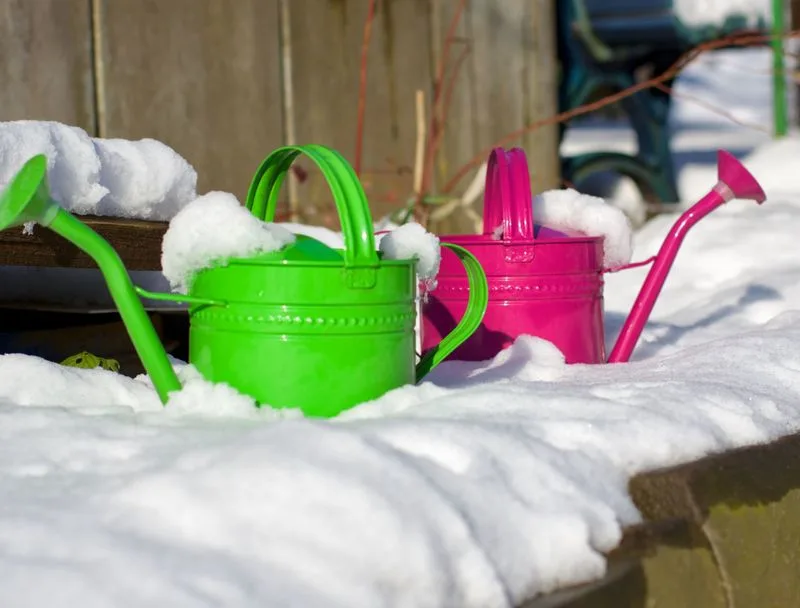
Overwatering in winter can harm plants, as they require less moisture during dormancy. Reduce watering frequency and ensure good drainage. Picture your plants cocooned in a winter rest, needing minimal disturbance. This careful approach prevents root rot and keeps them healthy. Interestingly, cacti and succulents, known for their water-storing abilities, thrive in such conditions. Properly managing winter watering helps maintain your garden’s vitality.
Applying Mulch in Spring
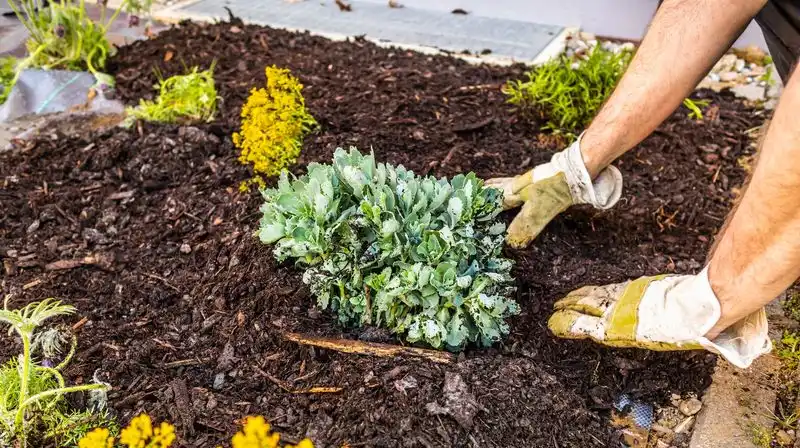
Although spring seems ideal for mulching, fall is better. Mulching in fall insulates the soil and retains moisture through winter. This practice also suppresses early spring weeds. Imagine mulch as a cozy blanket for your plants during cold months. Did you know mulching has been used since ancient times to improve soil fertility and conserve moisture? By timing it right, you ensure a healthy and flourishing garden.
Transplanting Shrubs in Summer
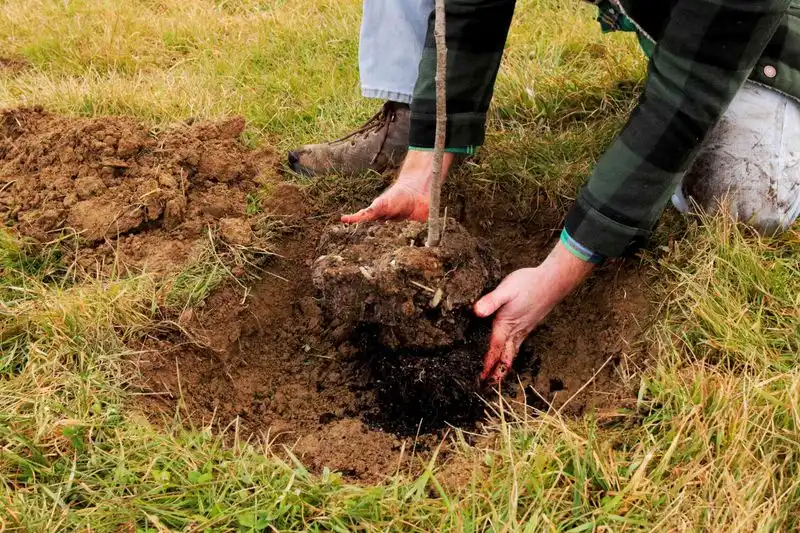
Summer transplanting of shrubs can stress the plant due to high temperatures. Instead, transplant in early spring or fall when the weather is cooler. This timing reduces stress and encourages root establishment. Picture a gentle landing for your shrubs in a new home. Interestingly, the art of transplanting dates back to ancient Egyptian gardens, where it was practiced to move plants within palace grounds.
Harvesting Vegetables Too Late
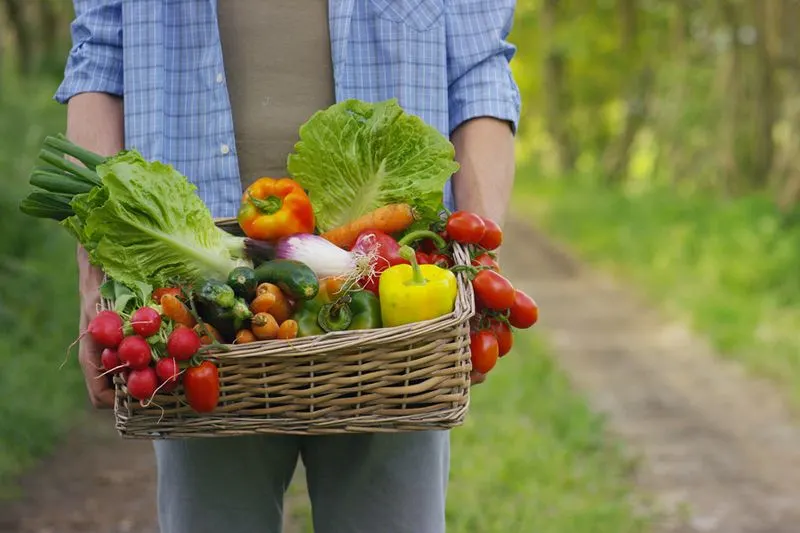
Waiting too long to harvest vegetables can result in poor flavor and texture. Pick them at peak ripeness for the best taste. Regular harvesting also encourages continuous production. Think of your vegetable garden as a treasure trove, waiting for you to claim its bounty. Historically, harvesting has been a community event, bringing people together in celebration. By timing your harvest well, you ensure the freshest produce on your table.
Planting Perennials in Summer
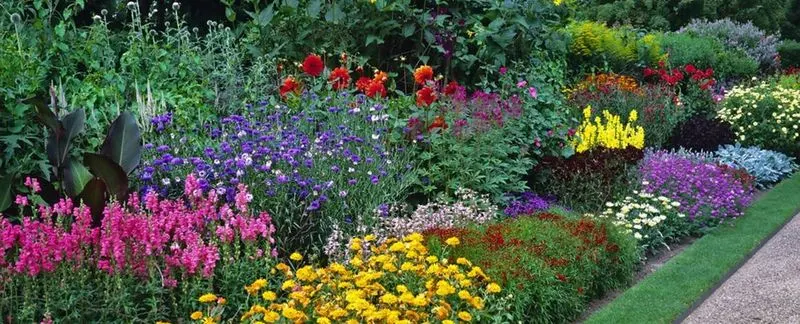
Summer planting of perennials can stress young plants. Opt for early spring or fall when temperatures are milder. This timing aids root establishment and growth. Envision your perennials setting roots in a nurturing environment, ready to bloom beautifully. Perennials, known for their long-lasting blooms, have been cherished in gardens for centuries. By planting at the right time, you ensure their legacy continues in your garden.
Applying Pesticides Midday
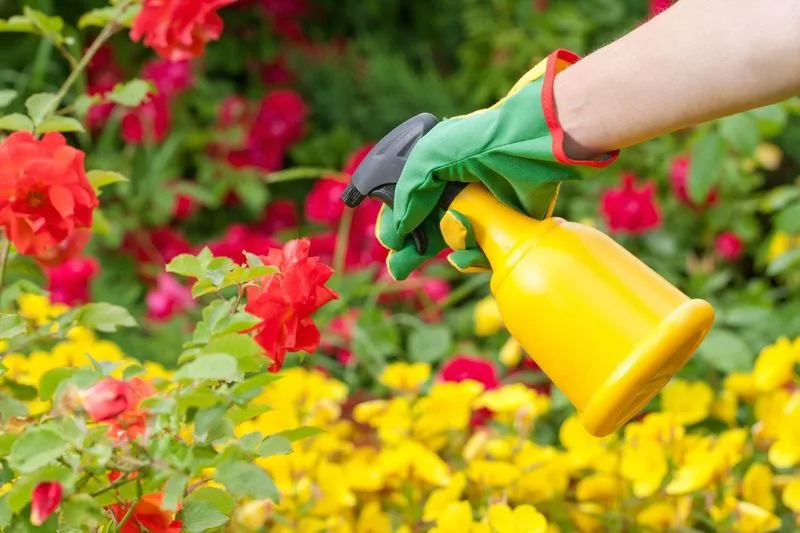
Applying pesticides during the midday heat can be less effective. Opt for early morning or late afternoon when temperatures are cooler, reducing evaporation. This timing ensures better absorption and control. Imagine your garden being shielded effectively, like an umbrella against pests. Pesticide use has evolved over time, with ancient cultures using natural remedies. By using them wisely, you protect both your garden and the environment.
Trimming Hedges in Winter
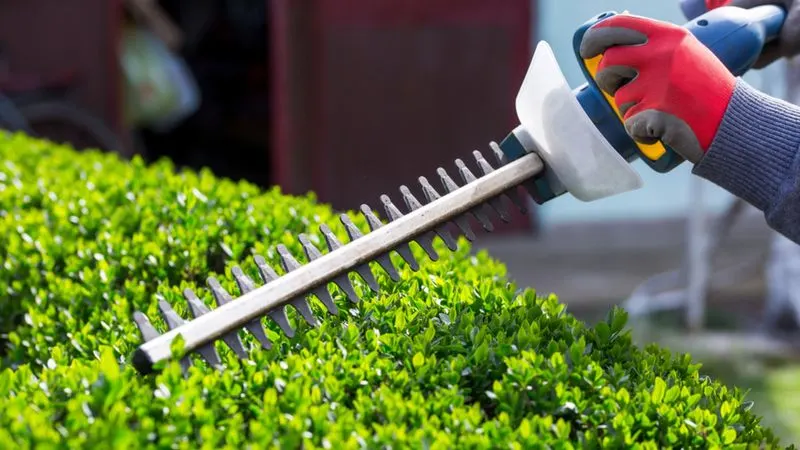
Winter trimming isn’t ideal for hedges, as it can lead to frost damage. Wait until early spring when the threat of frost has passed. This timing promotes healthy growth and shape. Visualize your hedges growing robustly, defining your garden’s elegance. The art of hedge trimming has a rich history, with 17th-century European gardens showcasing intricate designs. By trimming at the right time, you continue this legacy in your own garden.
Filling Bird Feeders in Summer
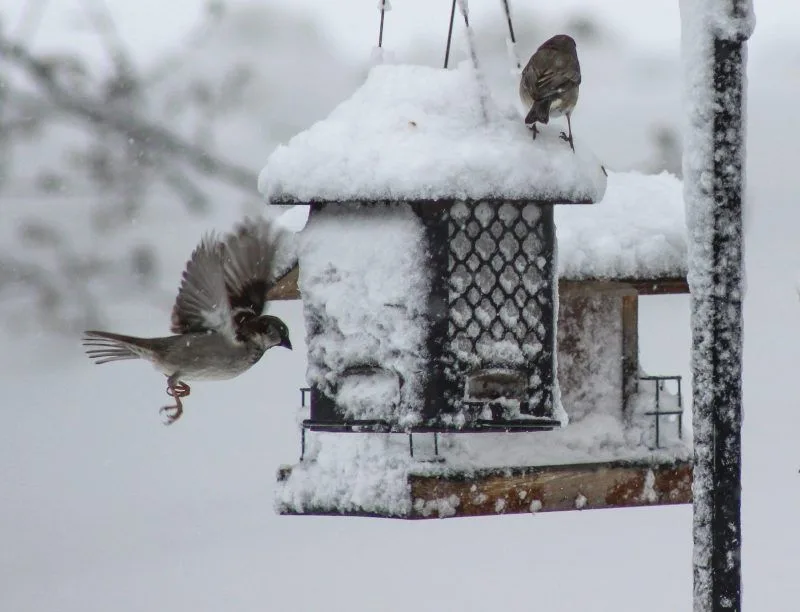
Summer bird feeding isn’t necessary, as natural food sources are plentiful. Fill feeders in late fall or winter when food is scarce. This timing supports birds during colder months. Picture your garden as a haven for wildlife, inviting diverse species. Bird feeding became popular in the 19th century, fostering a connection with nature. By feeding them at the right time, you contribute to this age-old tradition.

